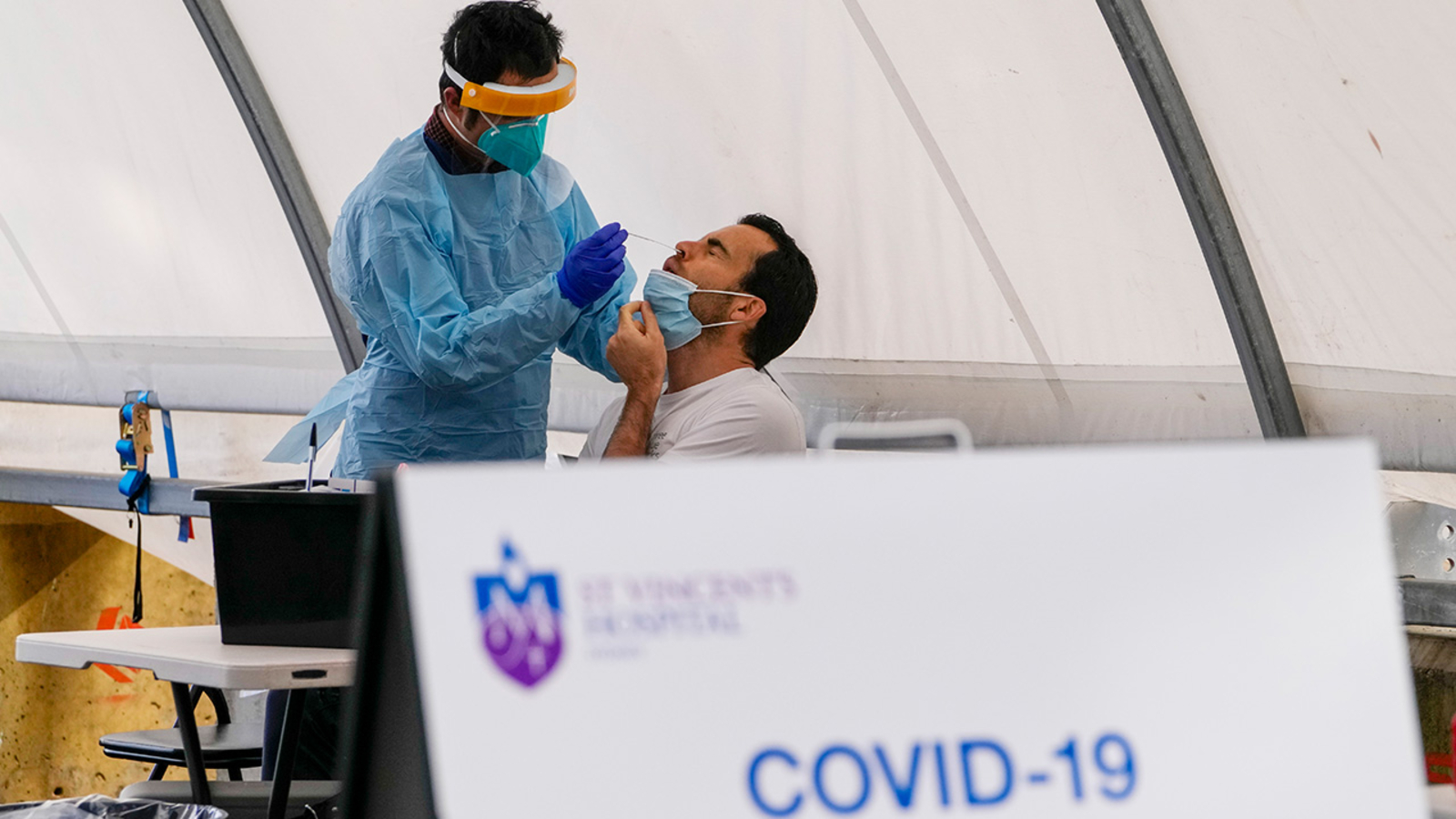COVID-19 JN.1 Variant: Symptoms, Transmission, And How To Protect Yourself

Table of Contents
Symptoms of the COVID-19 JN.1 Variant
Identifying the symptoms of the COVID-19 JN.1 variant is the first step in managing potential infection. While symptoms can vary significantly in severity from person to person, ranging from mild to severe, recognizing common signs is crucial for early intervention. It's important to remember that JN.1 symptoms often overlap with those of other illnesses, highlighting the importance of seeking professional medical advice for diagnosis.
- Upper Respiratory Symptoms: These are frequently reported and include a cough (often dry), sore throat, and runny nose.
- Fever or Chills: Fever, sometimes accompanied by chills, is another common symptom indicative of a potential JN.1 infection.
- Fatigue: Significant tiredness and fatigue are often experienced by those infected with the JN.1 variant.
- Muscle or Body Aches: Myalgia, or muscle aches, and general body aches are also prevalent symptoms.
- Headache: Headaches, ranging from mild to severe, are frequently reported.
- Loss of Taste or Smell: While less common than with earlier variants like the original Omicron strain, some individuals may experience a loss of taste or smell (anosmia or ageusia).
- Shortness of Breath or Difficulty Breathing: In more severe cases, shortness of breath or difficulty breathing may occur, requiring immediate medical attention.
If you are experiencing any of these symptoms, it is essential to consult a healthcare professional for proper diagnosis and treatment. Reliable resources such as [link to a reputable symptom checker] can provide additional guidance, but professional medical evaluation is always recommended.
Transmission of the COVID-19 JN.1 Variant
Understanding how the COVID-19 JN.1 variant is transmitted is critical for implementing effective preventative measures. Like other coronavirus variants, JN.1 primarily spreads through respiratory droplets expelled when an infected individual coughs, sneezes, or talks. However, the level of contagiousness may vary compared to previous variants, necessitating ongoing vigilance.
- Respiratory Droplets: Close contact with an infected person increases the risk of transmission via these droplets.
- Contaminated Surfaces: Touching surfaces contaminated with the virus and then touching your face can also lead to infection.
- Aerosol Transmission: Transmission through aerosols, particularly in poorly ventilated indoor spaces, is also a possibility.
While vaccination significantly reduces the risk of severe illness and hospitalization, it's crucial to acknowledge that vaccinated individuals can still contract and transmit the virus, albeit at a lower rate. Staying informed about community transmission rates in your area is essential for making informed decisions about risk mitigation.
Protecting Yourself from the COVID-19 JN.1 Variant
Protecting yourself from the COVID-19 JN.1 variant requires a multi-pronged approach incorporating several preventative strategies. While new variants emerge, these fundamental measures remain highly effective in reducing your risk of infection.
- Vaccination: Staying up-to-date with COVID-19 vaccines, including booster shots, is paramount. Vaccines significantly reduce the severity of illness and the risk of hospitalization.
- Mask Wearing: Wearing a well-fitting mask in public indoor settings, especially in crowded or poorly ventilated areas, is highly recommended.
- Hand Hygiene: Frequent handwashing with soap and water for at least 20 seconds or using an alcohol-based hand sanitizer is crucial.
- Social Distancing: Maintaining a safe physical distance from others, especially those who are unwell, can significantly reduce transmission risk.
- Improved Ventilation: Ensuring adequate ventilation in indoor spaces helps to reduce the concentration of airborne virus particles.
- Testing: If you experience symptoms or have been exposed to someone with COVID-19, get tested promptly.
- Isolation: If you test positive or experience symptoms, isolate yourself to prevent further spread.
Reliable information about vaccine availability and testing locations can be found through resources like [link to CDC website] and [link to WHO website].
Conclusion
The COVID-19 JN.1 variant, like other emerging variants, underscores the ongoing need for vigilance and proactive measures to protect ourselves and our communities. Understanding the symptoms, transmission routes, and preventative strategies for the JN.1 variant is crucial. Vaccination remains a cornerstone of effective protection, significantly reducing the severity of illness and the risk of hospitalization. In conjunction with vaccination, maintaining good hand hygiene, practicing social distancing, and wearing masks in appropriate settings are vital in reducing transmission. Stay informed about the latest updates on the COVID-19 JN.1 variant and other emerging variants from reputable sources like the WHO and CDC. Take proactive steps to protect yourself and your community against the COVID-19 JN.1 variant and other coronavirus strains. Your individual responsibility plays a significant role in combating the spread of this virus. Remember, staying informed and practicing preventative measures are key to mitigating the risk of infection with the COVID-19 JN.1 variant and its future iterations.

Featured Posts
-
 Glastonbury Or Bust Iconic Rock Bands Return Conditioned By Life Or Death
May 31, 2025
Glastonbury Or Bust Iconic Rock Bands Return Conditioned By Life Or Death
May 31, 2025 -
 How To Achieve The Good Life Strategies For Wellbeing
May 31, 2025
How To Achieve The Good Life Strategies For Wellbeing
May 31, 2025 -
 Nintendo Switch Indie Successes And Challenges
May 31, 2025
Nintendo Switch Indie Successes And Challenges
May 31, 2025 -
 Ladri Di Biciclette Il Neorealismo Italiano Catturato Dalle Fotografie Di Arese Borromeo
May 31, 2025
Ladri Di Biciclette Il Neorealismo Italiano Catturato Dalle Fotografie Di Arese Borromeo
May 31, 2025 -
 Banksy In Dubai A World News Report On The Inaugural Exhibition
May 31, 2025
Banksy In Dubai A World News Report On The Inaugural Exhibition
May 31, 2025
